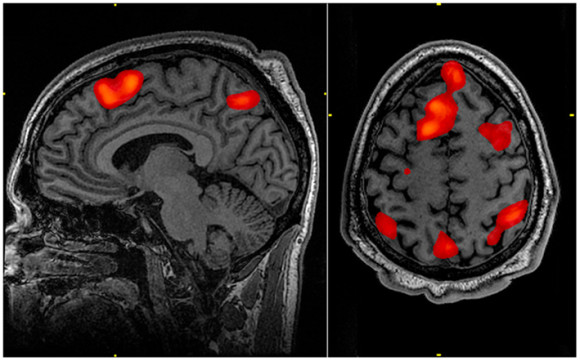Last updated on November 10, 2013
“Do you want to go?”
“Who knows what I want to do? Who knows what anyone wants to do? How can you be sure about something like that? Isn’t it all a question of brain chemistry, signals going back and forth, electrical energy in the cortex? How do you know whether something is really what you want to do or just some kind of nerve impulse in the brain? Some minor little activity takes place somewhere in this unimportant place in one of the brain hemispheres and suddenly I want to go to Montana or I don’t want to go to Montana. How do I know I really want to go and it isn’t just neurons firing or something? Maybe it’s just an accidental flash in the medulla and suddenly there I am in Montana and I find out I really didn’t want to go there in the first place. I can’t control what happens in my brain, so how can I be sure what I want to do ten seconds from now, much less Montana next summer? It’s all this activity in the brain and you don’t know what’s you as a person and what’s some neuron that just happens to fire or just happens to misfire. Isn’t that why Tommy Roy killed those people?”
From Don DeLillo’s White Noise, which many view as the best American novel of the 1980s.
As per Wiki, the novel explores “rampant consumerism, media saturation, novelty academic intellectualism, underground conspiracies, the disintegration and reintegration of the family, human-made catastrophes, and the potentially regenerative nature of human violence,” all themes which sound as relevant today (if not more) than when the novel was published in 1985.
